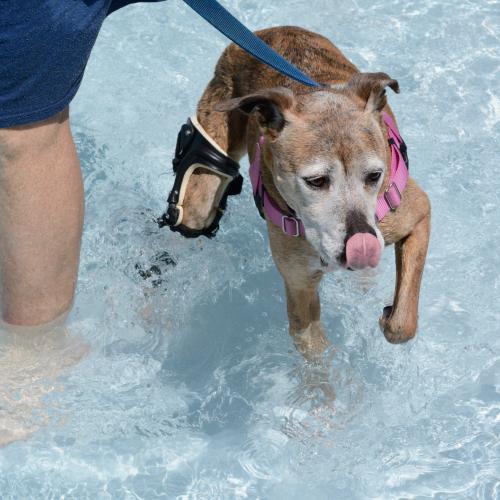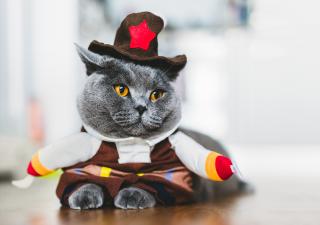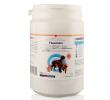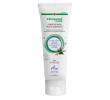
Background
Whether it is for a chronic, acute or sports injury (tendinitis, bursitis, herniated disk, sprain) or following surgery (fracture, cruciate ligament, prosthesis), or simply to help seniors maintain or regain their mobility after a forced period of rest at the hospital, for example, doctors now send us for physiotherapy to treat our injuries and regain optimal mobility. This alternative medicine, dating back to the 1910s, has proved its value and is now an essential component of current practice. Did you know that for several years now, physio has also been done with animals? In fact, now that we know the benefits of physiotherapy for people, it may be part of your veterinarian’s recommendations to help your pet recover.
Its benefits
Veterinary medicine primarily refers to animal physical rehabilitation. The goal is to regain or improve joint health in animals, or prevent deterioration, as well as assess mobility and improve range of motion and muscle function. It helps in musculoskeletal, neurological and cardiorespiratory recovery. These benefits are obtained through manual therapy, targeted exercises, state-of-the-art equipment (methods) and the pet owner’s cooperation in making sure the exercises are done at home between sessions at the rehabilitation centre. Pet owners who also do exercises at home with their pets develop a beautiful bond with them while helping them feel better. Physiotherapy can be done with practically all animals (dogs, cats, horses, guinea pigs, rabbits, ferrets, miniature pigs, birds, etc.).
How does it work?
Animal rehabilitation is similar to human rehabilitation, apart from a few differences, particularly in terms of the exercises that may be done depending on the muscles to work on or desired joint function. These targeted exercises are done as a series of repetitions. Since it is difficult to ask an animal to exercise by specifically contracting a particular muscle, the exercises must be varied and done in the form of activities or games. It is important that it be fun, by keeping your pet motivated with rewards or toys. Hydrotherapy is also an interesting option. With animals, it is done in a pool or on an aquatic treadmill. The goal of this exercise is to raise the water to different levels to relieve the pet’s body weight and reduce stress on the joints, while strengthening the pet’s muscles using water resistance. Other than these few differences, animal physiotherapy is similar to what is done with people. Here are a few examples of exercises that are used in physiotherapy. Manual therapy involves mobilizations, stretching, massage and gentle movements to alleviate tension or adhesions, or simply to regain joint mobility. Heat may also be used to warm up muscles for better mobility or simply to relieve tension or pain. Cryotherapy (cold) may be used to reduce pain when there is inflammation. Electrotherapy is based on muscle contraction using electric current (NMES) or on disrupting pain perception through a tingling sensation (TENS). Therapeutic laser is an essential tool, because it reduces pain and inflammation and helps in tissue repair. Lastly, ultrasound is used to release adhesions or for deep muscle warming.
In any case, talk to your veterinarian if you think that your pet may need physiotherapy, or if you have any questions on the topic.

Tips & Tricks
- Here are some tips to ensure your guests know how to interact with your dog during the Holiday season.
- Here are some tips to ensure a more pleasant stay for your friends and family with cat allergies.
- Do you know what pet insurance can cover? Here’s how it works.
- Contrary to dogs, cats have a profound hatred of costumes. Here’s why.
Products
- Zentonil®, to help support the cognitive function of aging pets, will help when your pet's liver is compromised…









